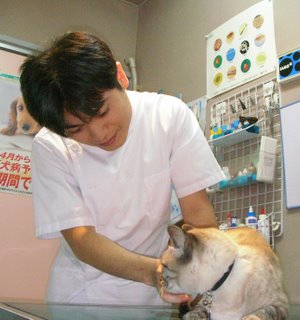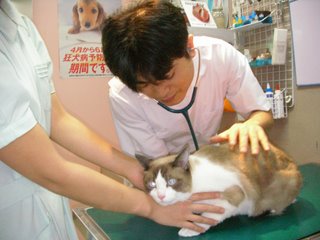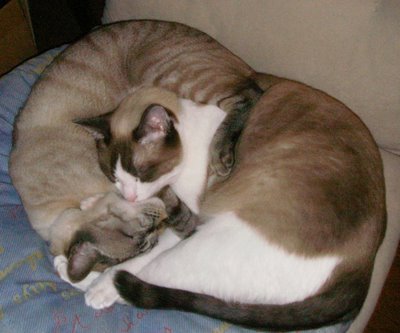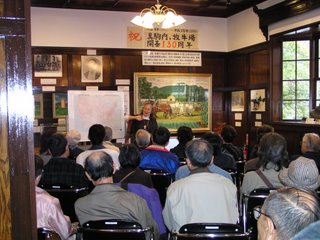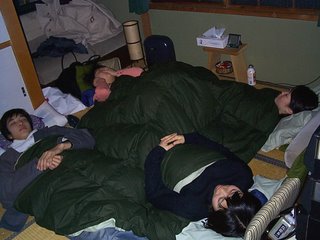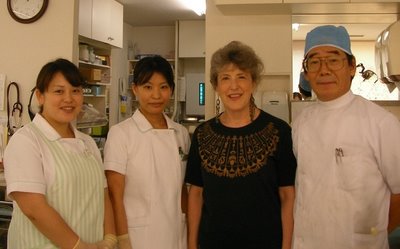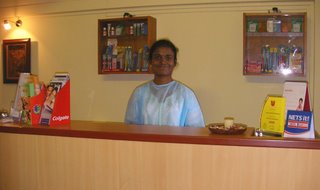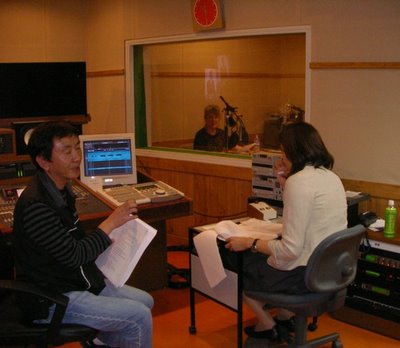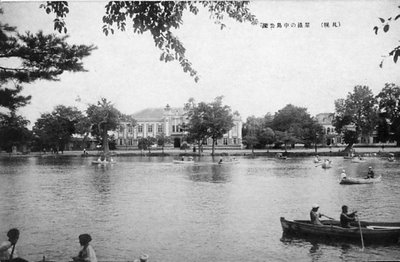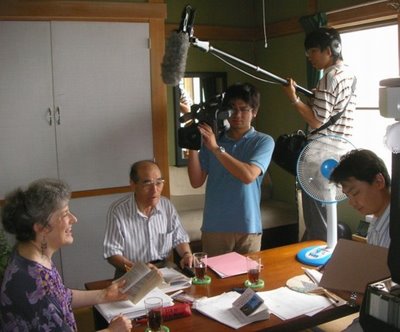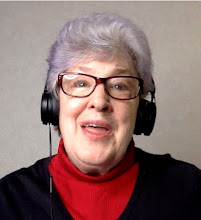Perhaps the execution of Saddam Hussein will call the attention of most people away from the fact that the number of American soldiers killed in Iraq since the Bush Administration invaded the country is only two away from 3000. (Actually, it's much higher, according to a conversation I had in an airport with a soldier on leave who pointed out that any soldier who is fatally wounded, but dies while being transported out of Iraq, is not counted among the casualties of the "war." Figures of the number of casualties for both Americans can be seen at the Anti-war.com, and those for Iraqui civilians at Iraqui Body Count.)
Even more insulting to Muslim people is the fact that Hussein was hung during Id al-Adha, "an important holiday considered a time of forgiveness and compassion." According to the International Herald Tribune, "Id al-Adha, or Feast of the Sacrifice, honors the biblical patriarch Abraham's willingness to kill his son Isaac for God before God decided to spare Isaac's life" and is "the most important date in the Islamic calendar." The Tribune states that "Muslim countries often pardon criminals to mark the occasion, and prisoners are rarely executed at that time."
I'm not suggesting that Hussein should have been pardoned. However, regardless of the atrocities he committed, this was hardly an eye-for-an-eye or a tooth-for-a-tooth execution. It was a blatant political maneuver.
Texas Progressives talk Lege, races, more
-
Off the Kuff welcomes the first official Democratic candidates for Governor
and Senate to their respective races. Updating Kuff's piece? Allred is now
i...
13 hours ago




